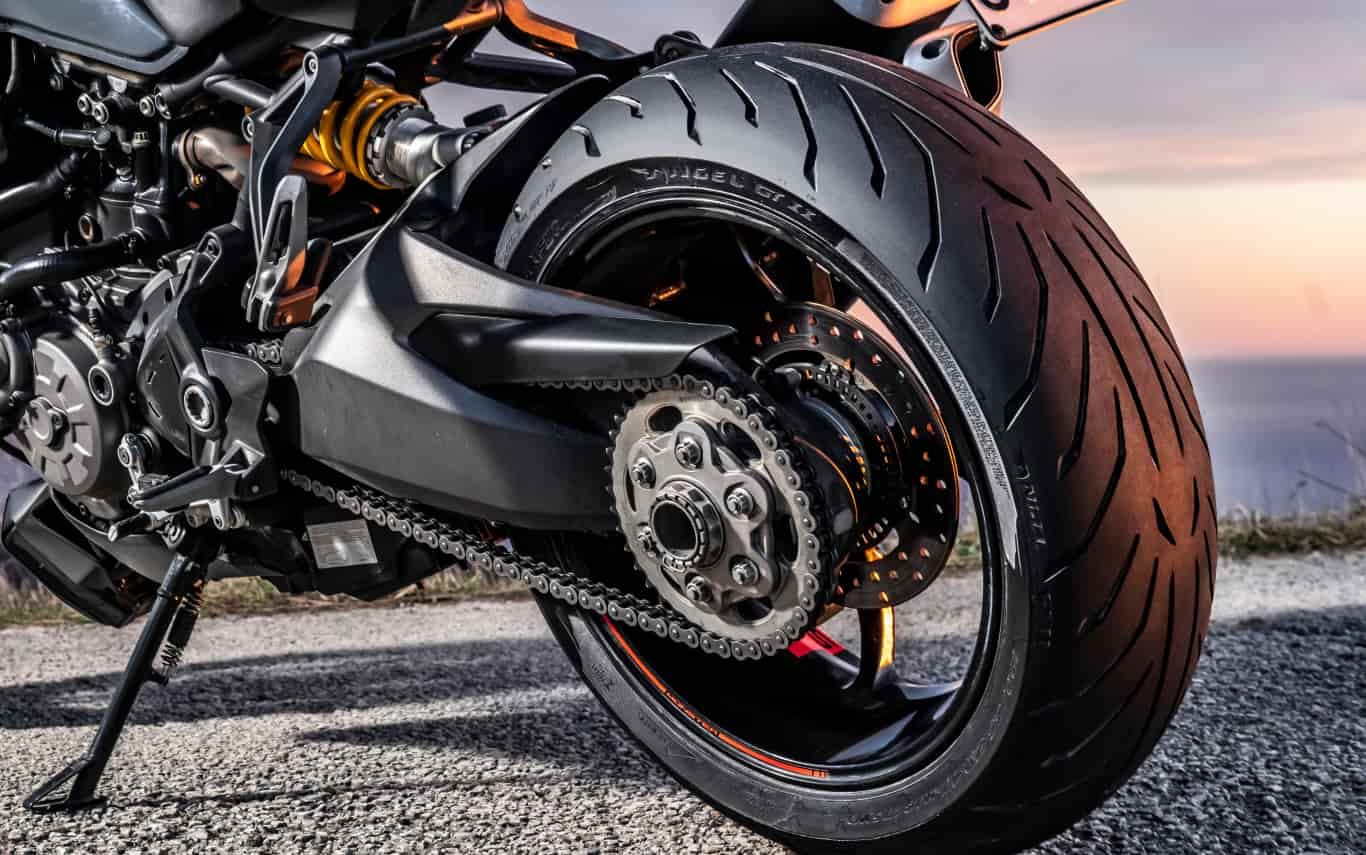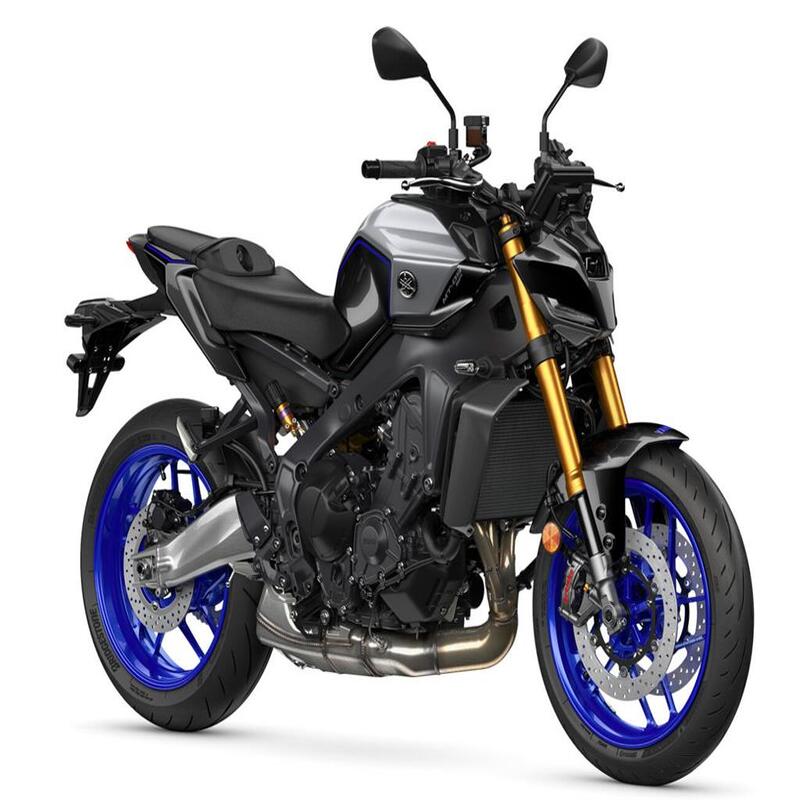Motorcycle tires are the unsung heroes of the open road, providing the essential grip, stability, and safety that riders depend on. However, like any other component of a motorcycle, the tires have a finite lifespan, and understanding their longevity is crucial for maintaining the overall performance and roadworthiness of your two-wheeled machine.
In this comprehensive guide, we’ll delve into the factors that influence the lifespan of motorcycle tires, offering practical tips and strategies to help you maximize their lifetime and ensure a safe and enjoyable riding experience. Whether you’re a seasoned biker or a newcomer to the world of motorcycling, this article will equip you with the knowledge to make informed decisions about tire maintenance and replacement, ultimately enhancing the reliability and longevity of your motorcycle.
Get ready to unlock the secrets to prolonging the life of your motorcycle tires and maintaining the thrill of the open road.
Understanding Motorcycle Tire Lifespan
Motorcycle tires are designed to withstand the rigors of the road, but their lifespan can vary significantly depending on a range of factors. Exploring these factors is the first step in understanding how long your tires can last.
Factors Influencing Tire Lifespan
Several key variables can impact the longevity of motorcycle tires, from riding conditions to maintenance practices.
Riding Style and Terrain
Aggressive riding, frequent high-speed maneuvers, and navigating challenging terrain can all contribute to accelerated tire wear.
Mileage and Usage
The more miles you rack up on your tires, the shorter their lifespan will be, with high-mileage riders typically experiencing faster tire degradation.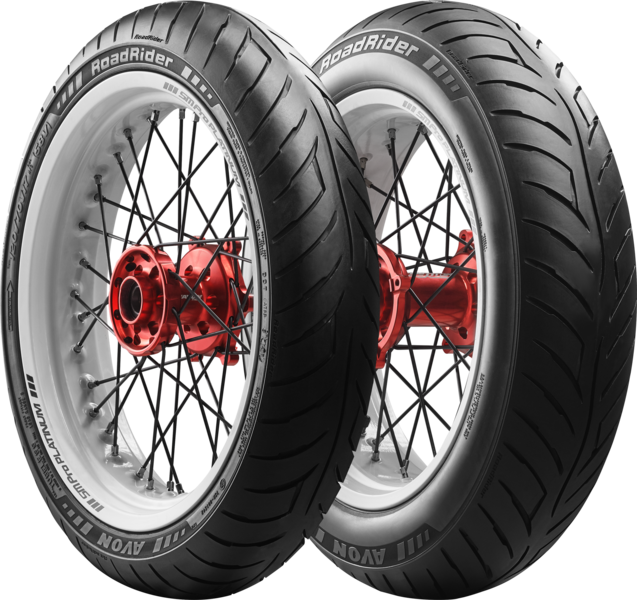
Proper Maintenance and Care
Neglecting tasks like regular tire pressure checks and proper storage can also decrease the overall lifespan of your motorcycle tires.
Average Tire Lifespan Expectations
While there is no one-size-fits-all answer, understanding the typical lifespan of motorcycle tires can help you plan for timely replacements.
Mileage-Based Lifespan Estimates
Most motorcycle tires have an expected lifespan of between 3,000 to 5,000 miles, though this can vary depending on the factors mentioned above.
Time-Based Lifespan Considerations
In addition to mileage, the age of the tires themselves can also impact their performance and overall lifespan, with most manufacturers recommending replacement after 5-7 years.
Maximizing Motorcycle Tire Lifespan
To extend the lifespan of your motorcycle tires and ensure a safe, reliable riding experience, it’s essential to adopt a proactive approach to tire maintenance and care.
Proper Inflation and Pressure Monitoring
Maintaining the correct tire pressure is one of the most critical factors in prolonging the life of your motorcycle tires.
Checking Tire Pressure Regularly
Establish a routine of checking your tire pressure at least once a week, or before every long ride, to ensure optimal inflation levels.
Adjusting Pressure to Riding Conditions
Adjust the tire pressure to suit the specific riding conditions, as recommended by the tire manufacturer or your motorcycle’s owner’s manual.
Balanced and Aligned Suspension
The proper alignment and balance of your motorcycle’s suspension components can have a significant impact on tire wear and lifespan.
Regular Suspension Maintenance
Ensure that your motorcycle’s suspension is well-maintained, with components like shocks and fork seals regularly inspected and serviced.
Addressing Suspension Issues Promptly
If you notice any issues with your motorcycle’s suspension, such as uneven tire wear or handling problems, address them promptly to avoid accelerated tire degradation.
Proper Riding Techniques and Habits
The way you ride your motorcycle can greatly influence the longevity of your tires, so adopting safe and responsible riding practices is crucial.
Smooth Acceleration and Braking
Avoid sudden, aggressive acceleration and braking, as these can contribute to premature tire wear and tear.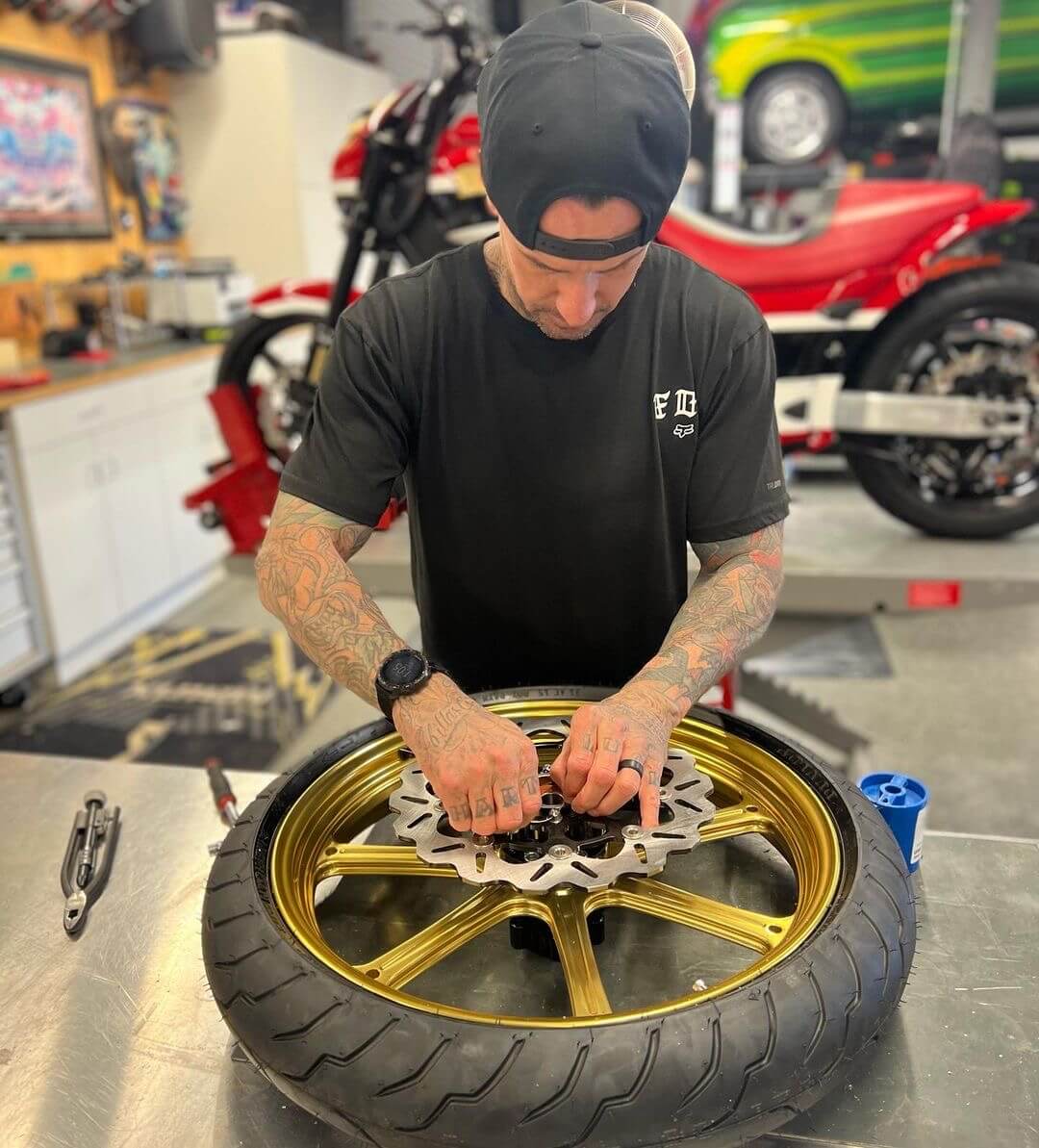
Moderate Cornering and Leaning
When navigating corners and turns, maintain a moderate pace and lean angle to minimize the stress on your tires.
Tire Rotation and Replacement Strategies
Developing a strategic approach to tire rotation and replacement can help you maximize the lifespan of your motorcycle’s rubber.
Periodic Tire Rotation
Regularly rotating your front and rear tires, as recommended by the manufacturer, can help ensure even wear and extend their overall lifespan.
Timely Tire Replacement
Pay close attention to the tread depth and overall condition of your tires, and replace them promptly when they reach the recommended replacement thresholds.
Identifying Signs of Tire Wear and Damage
Recognizing the early warning signs of tire wear and damage is crucial for maintaining the safety and longevity of your motorcycle tires.
Monitoring Tread Depth
The tread depth of your motorcycle tires is a key indicator of their overall condition and remaining lifespan.
Using a Tread Depth Gauge
Invest in a reliable tread depth gauge and regularly measure the depth of your tires to ensure they meet the minimum legal and safety requirements.
Identifying Tread Wear Indicators
Most motorcycle tires feature built-in tread wear indicators, which can help you visually assess when the tires need to be replaced.
Inspecting for Sidewall Damage
In addition to tread depth, closely examining the sidewalls of your motorcycle tires can reveal signs of wear, damage, or potential failures.
Identifying Cracks, Cuts, and Bulges
Look for any visible cracks, cuts, or bulges in the sidewall, as these can compromise the structural integrity of the tire.
Monitoring for Uneven Wear Patterns
Uneven wear patterns, such as one side of the tire wearing faster than the other, may indicate underlying issues that require attention.
Addressing Tire Damage Promptly
Identifying and addressing any signs of tire wear or damage in a timely manner is crucial for maintaining the safety and reliability of your motorcycle.
Consulting Professionals for Evaluation
If you notice any concerning issues with your tires, consult a qualified motorcycle technician or tire specialist for a comprehensive evaluation and recommendations.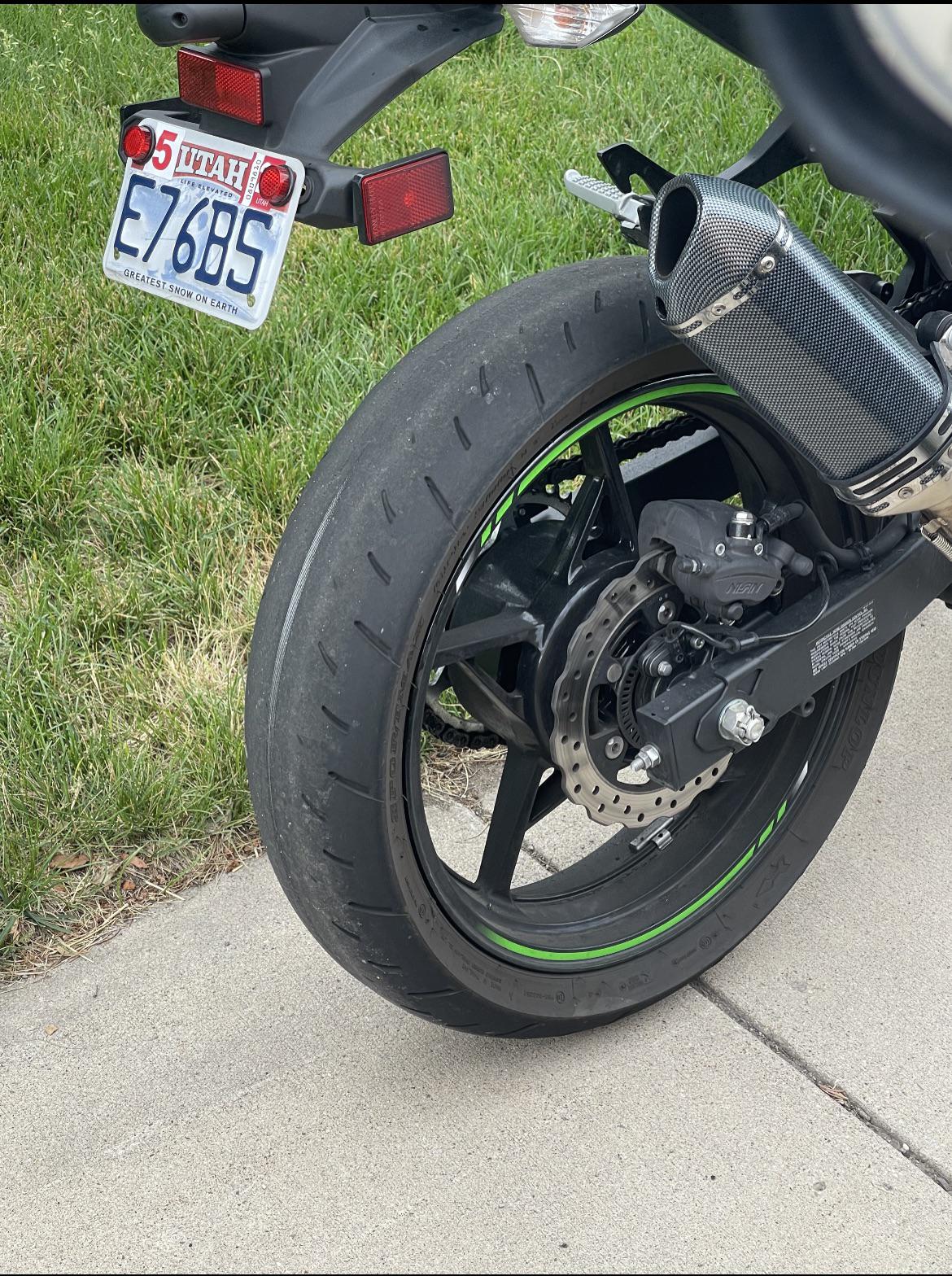
Replacing Damaged or Excessively Worn Tires
When the tires reach the recommended replacement thresholds or exhibit significant damage, it’s essential to replace them immediately to ensure your safety on the road.
Conclusion: Unlocking the Longevity of Motorcycle Tires
Motorcycle tires are the unsung heroes that keep us safely connected to the road, and understanding how to maximize their lifespan is a crucial aspect of responsible motorcycle ownership. Through this comprehensive guide, you have gained valuable insights into the factors that influence tire longevity, the strategies for proactive maintenance and care, and the signs of wear and damage that require prompt attention.
By embracing the tips and best practices outlined in this article, you can unlock the full potential of your motorcycle tires, ensuring they deliver the performance, safety, and longevity you expect. Whether you’re a seasoned rider or a newcomer to the world of motorcycling, applying this knowledge will empower you to make informed decisions and maintain your motorcycle in top condition, allowing you to confidently and safely navigate the open road.
Unlock the secrets to maximizing the lifespan of your motorcycle tires and embrace the thrill of the ride with the assurance of reliable and well-maintained rubber beneath your wheels. Prioritize tire care, stay vigilant for signs of wear, and replace tires promptly when necessary – these simple steps will go a long way in keeping you and your motorcycle safely on the road for years to come.
